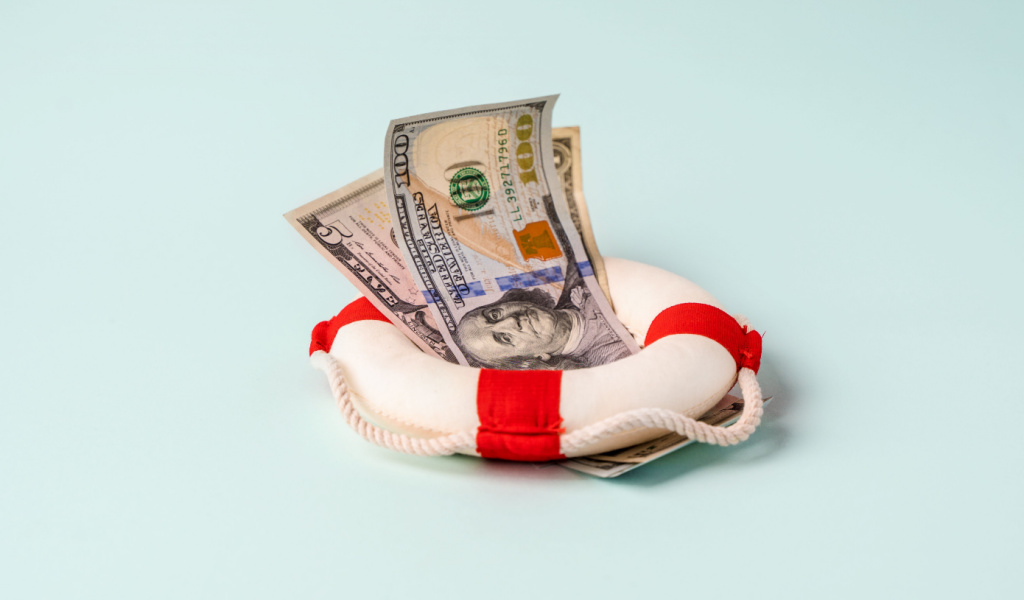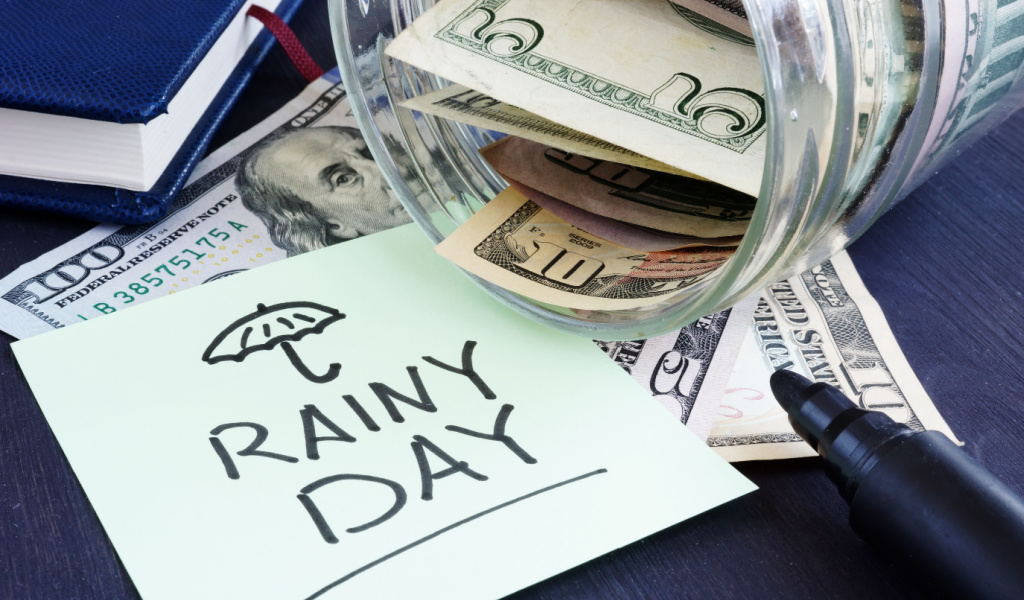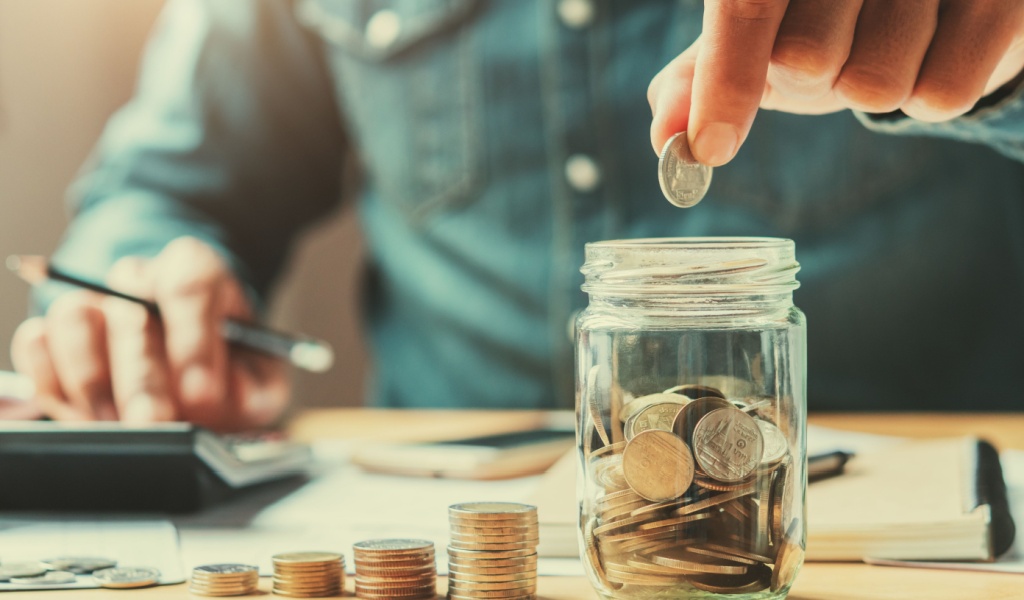Life is unpredictable, and we never know what we will face. From medical emergencies and vehicle repairs to home maintenance and job layoffs, it helps to know that you have some extra funds saved for emergencies. An emergency fund is a cash reserve that you have allocated to cover sudden expenses. It serves as a financial buffer that can help you stay afloat in difficult times without relying on high-interest loans or credit cards. Even a small emergency can be financially devastating if you don’t have any savings!
However, the game of saving money is primarily a psychological one, and not everyone is cut out for it. It requires a lot of time and discipline, but if you can follow it, you can secure yourself financially against life’s sudden expenses.

Since everyone’s financial situation is different, the amount of money you save, where you want to put it, and when you need to tap into the funds will depend on your preferences and budget. Here are some steps to get you started on building an emergency fund:
Decide How Much You Need
For an emergency fund, it is recommended to have at least three months’ worth of living expenses. For example, if your monthly expenses, including your bills and rent, are $2,000, you should have about $6,000 set aside in your emergency fund. However, you can and should save a larger amount if you can afford it — the more, the merrier because it would be a bigger cushion against a severe financial setback.
Of course, saving such a massive sum of money will take time, but something is better than nothing. Evaluate your expenses over the past three months and use a budget to figure out how much you can set aside every month for your emergency fund.
Start Saving
Set up a savings goal and a plan to help you get there. Of course, there is no one-size-fits-all template here, but finance experts generally suggest keeping a target date in mind and milestones to help you along the way. Opening a separate savings account for your emergency fund is also recommended so you won’t be tempted to take money from it.
Remember, the easiest way to save money is by never touching it in the first place, so ensure that you opt to have your contribution amount deposited automatically to your savings account.
Set Small Goals
Although the recommendation is to aim for three months’ worth of expenses, it’s better to start with small goals, like aiming for two weeks or one month. When you achieve milestones, it motivates you and helps you believe that your mission of saving is doable. After that, you can set your subsequent goals higher. By this point, you would have gotten accustomed to the habit of saving and developed the positive motivation to reach bigger goals.

Outline a Clear Plan
The whole point of setting up an emergency fund is to use it in case of an emergency. Ask yourself what the emergency is and when it will be acceptable to use the money. For example, you can outline that the money will go into medical bills, unexpected home repairs, or sudden job loss. Once again, this will depend on your circumstances and goals, but when you outline a plan at the get-go, you won’t be tempted to spend the money on something you might regret later on.
Before tapping into your emergency fund, ask yourself: “Do I really need this to survive?” If not, consider adjusting your budget so your money won’t be spent unnecessarily.
Keep Saving Even After Reaching Your Goal
Have you reached your savings goal? Fantastic! But don’t stop there. Take this as an opportunity to revisit your budget and adjust your objectives and needs. For example, you can set up new savings goals for an overseas vacation, as a down payment for a house or vehicle, etc.
Remember, saving for the long term is very important. As a general rule of thumb, you must set aside at least 10% of your income for retirement. If 10% seems too big to start with, you can kick off with a smaller percentage and work yourself up gradually.
Bottom Line
We never know when life’s next curveball will hit us, making saving for the unexpected all the more crucial. Having something in reserve can mean the difference between beating a financial storm or drowning in debt.
How you save money for your emergency fund is a very personal choice that depends on your income and needs. However, the above steps can help you save money to keep you afloat in your time of need.



